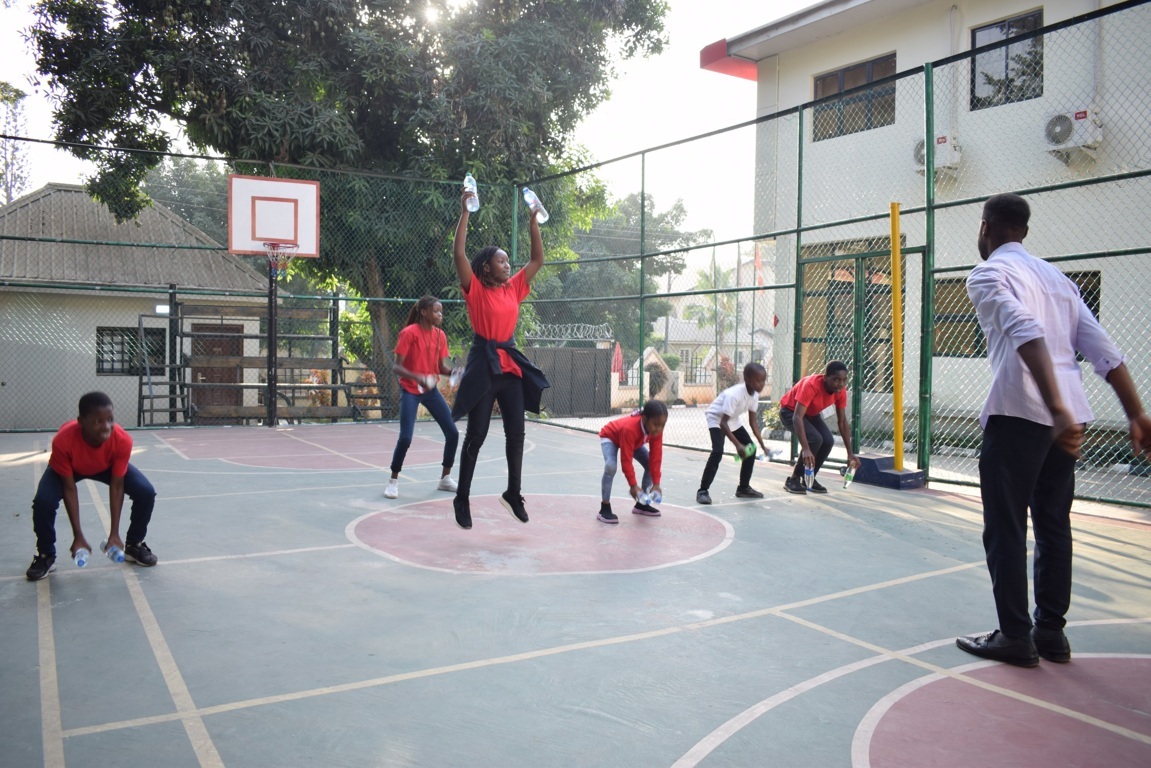


Physical activity is essential for the physical, mental, and social health of students and they should learn to develop healthy habits. Sadly, physical activity is often disregarded in the classroom. Therefore, it is important to integrate physical activity into classroom instruction. This will not only keep students active and interested but can also improve their academic performance.
The Ontario Physical Education Curriculum Guide supports the significance of physical activity in class and has information on the advantages of incorporating it, various approaches for doing so, and different types of activities which can be included.
There are numerous benefits to incorporating physical activity in class; research shows that regular physical exercise can enhance academic performance; reduces stress and fatigue, increases concentration, and helps with academic achievement. Furthermore, it encourages group work, collaboration amongst students as well as social development by providing them a chance to interact with each other. Additionally, physical activity helps reduce the risk of chronic health issues like obesity or diabetes and can help better motor skills, balance, and posture along with overall strength and durability.
To make sure physical activity is a part of classroom instruction teachers should know different approaches like active learning which uses physical activities to teach academic concepts or active breaks which are frequent short bursts of exercises or even physical activity breaks which involve long periods of exercise.
Additionally, they must be familiar with various forms of exercises like stretching, walking, or cycling that fit age suitability as well as interests while making sure safety precautions are taken care of with proper supervision.
According to Teach Hub.com A K-12 resources by Teachers, For Teachers a material provided by K-12 Teachers, Alliance in August 3rd, 2012. They analyse some top 10 Classroom Fitness activities which will be discussed briefly below.

This is a simple technique for any age or subject. As you review concepts, have students stand next to their desks. Instead of raising their hands to volunteer, students will do a jumping jack. Award points to encourage participation! You can also rotate a few of those exercise balls to replace students’ chairs. Rotate them around the classroom throughout the day.
Either using sidewalk chalk or a number/letter mat, have students answer questions by jumping on the correct number or letters. Students can still work out the problem at their desks if they are more complicated, but you can use this movement method to announce the correct answer.
First, choose or create a story with a lot of action. Before you start the story, explain to students that they are going to act out the movements in the story. Practice these actions with students, showing them how to run in place, pretend to swim, and any other relevant action. As you read, students will have to listen attentively to catch the actions and then demonstrate the movement you already practiced.
Establish a routine between activities in which you do something physical. Whether it’s a quick classroom stretch, walking around the room, or even a few jumping jacks, this can be a great way to start the class off right or pump some energy into dozing students.
The Smart Board is a great resource for integrating physical activity into your learning. On the most basic level, Smart Boards can get students up, walking to the board, and stretching as they move elements around the board.
It’s time to convert potential energy into kinetic energy with big movement in your science classrooms. There is endless potential to have students demonstrate scientific concepts or vocabulary through movement.

For example, have students:
Jumping can add activity to the study of measurements, data collection, and number order. Students first mark the measurements on the ground either with yardsticks or masking tape. Then, they’ll take turns jumping and recording their jump distances on the board.
Students can compare jumps between each other, compare a standing jump to a running jump, or any other variation of ideas to practice comparing numbers. More advanced students can then use the collected units to create graphs or equations.
Teachers around the country are engaging their students both mentally and physically by using Wii games for learning. Some are using Wii sports games for fitness and to integrate them into their curriculum.
Each culture and historical period has different dances, popular sports/games, or even day-to-day activities to survive. Try these out as a class. As you compare different countries, regions, or periods, you can try out their different dances, from Spain’s flamenco to Hawaii’s hula to the 1920s swing.
Review vocabulary or curriculum concepts by assigning students concepts/vocab to act out for the class. It’s all about getting students up and moving.
Studies have shown that students struggling with childhood obesity are also performing worse in school. School-wide changes can sometimes be at fault, with the elimination of recess and physical activity in the classroom. Experts recommend 60 minutes of moderate to vigorous physical activity daily to prevent obesity in children. Learn more about the importance of physical education here.
Encourage students to get moving outside of school as well. Assign them to track their TV time, computer time, and physical activity for a week. For the following week, challenge them to double their activity time for the next week and chart it again. Not only will this encourage kids to be more active, but they’ll also practice goal setting, data tracking, and organizational skills.
Finally to sum it up incorporating physical activity in class brings lots of rewards for students; academically speaking it improves performance while bodily providing them with healthy habits along with preventing many health issues. The Ontario Physical Education Curriculum Guide helps teachers make sure they provide their student’s optimum level of physical exercise to reach their full potentials.
Article by Ezebor Ogbe Godstime
HPE Teacher

We are the only international school in Nigeria that offers 100% Ontario Ministry of Education approved Canadian (Ontario) curriculum from Grade 1 through 12.
